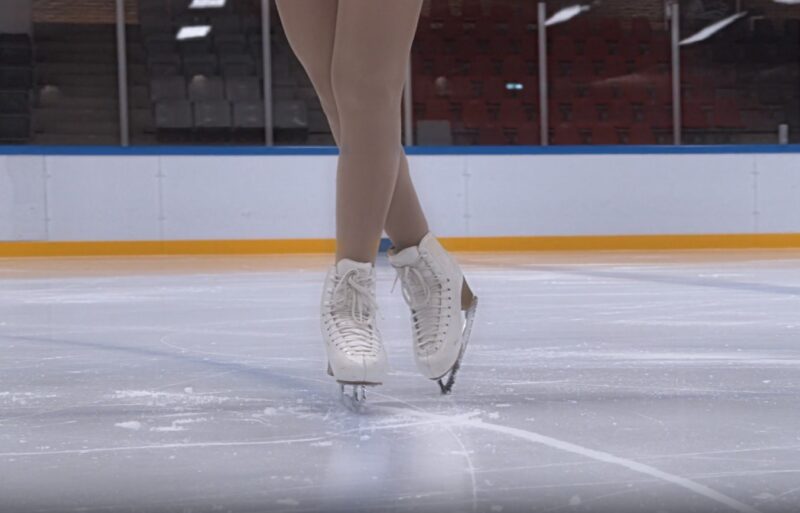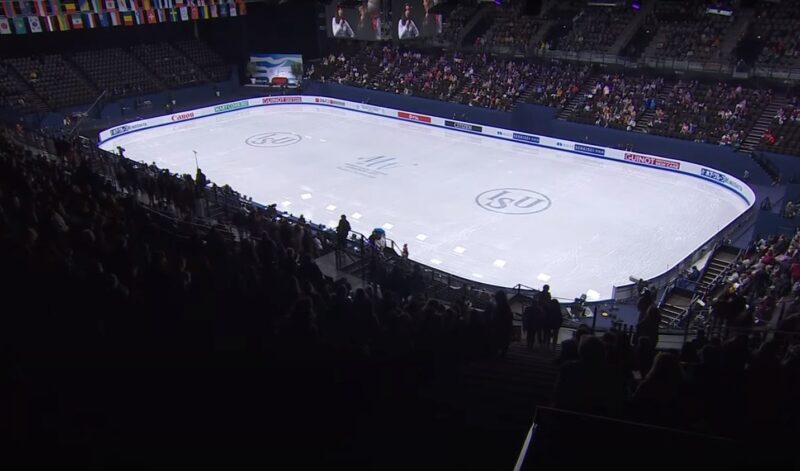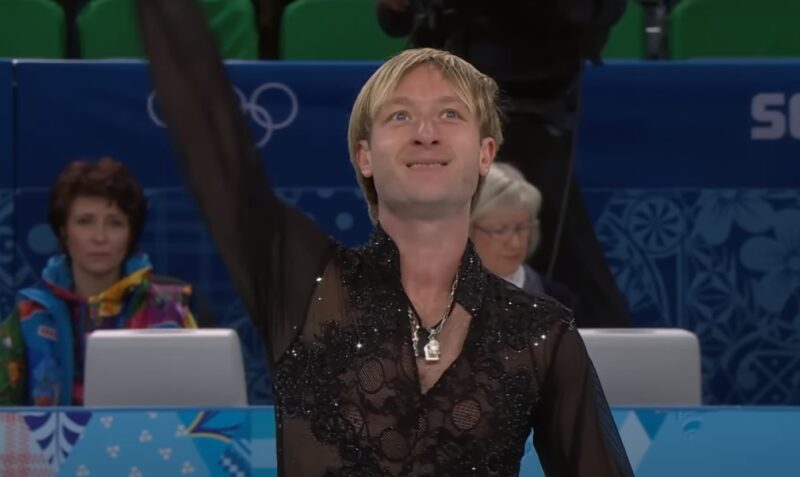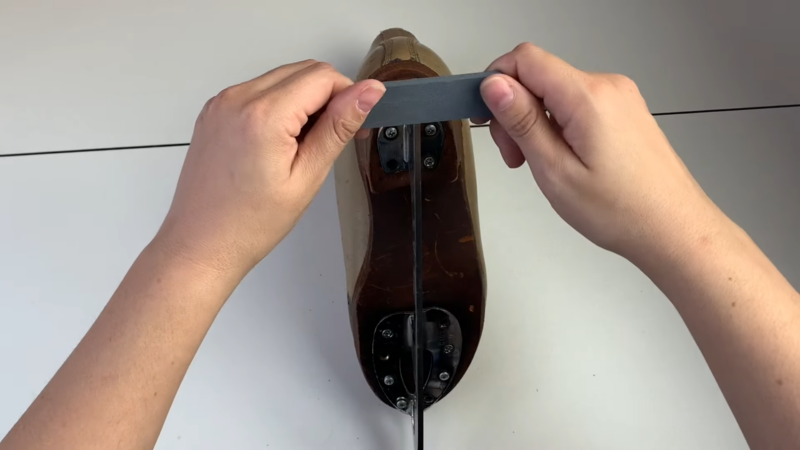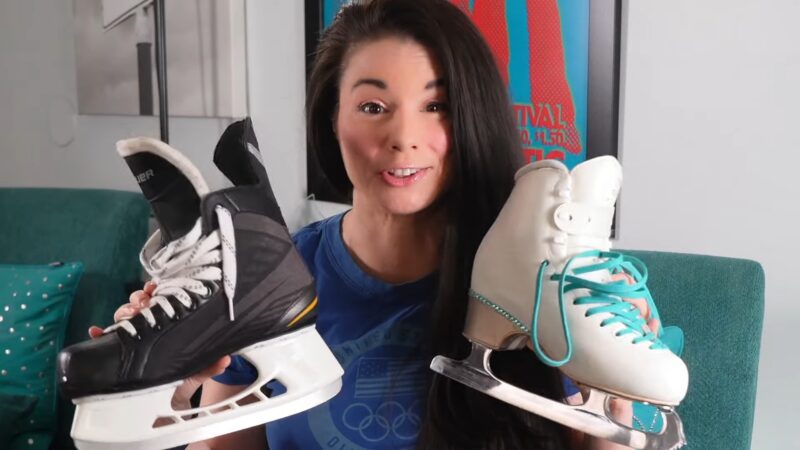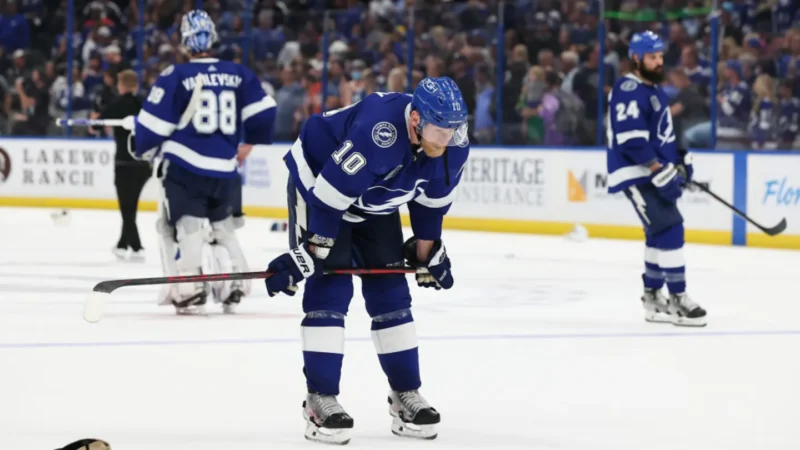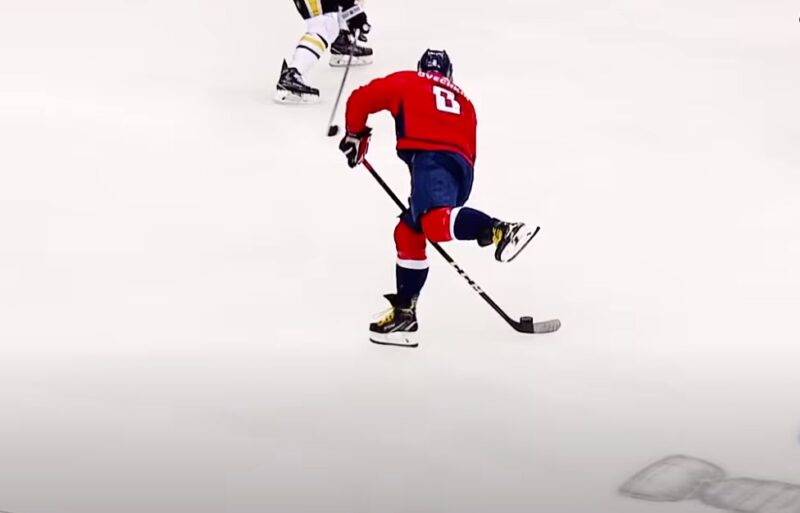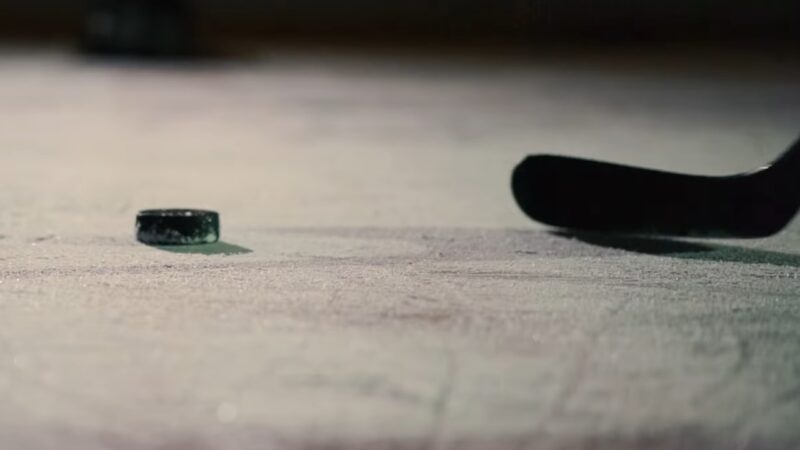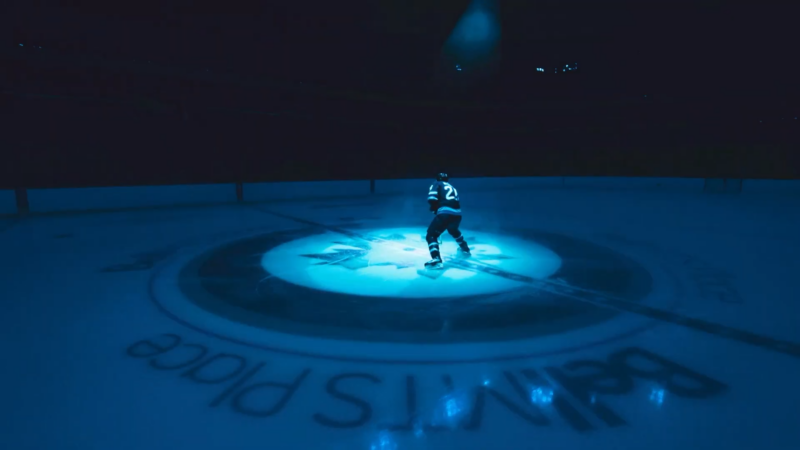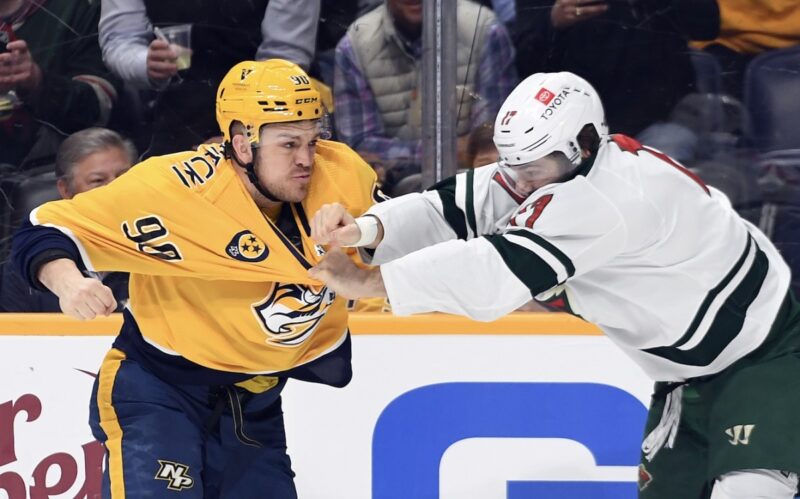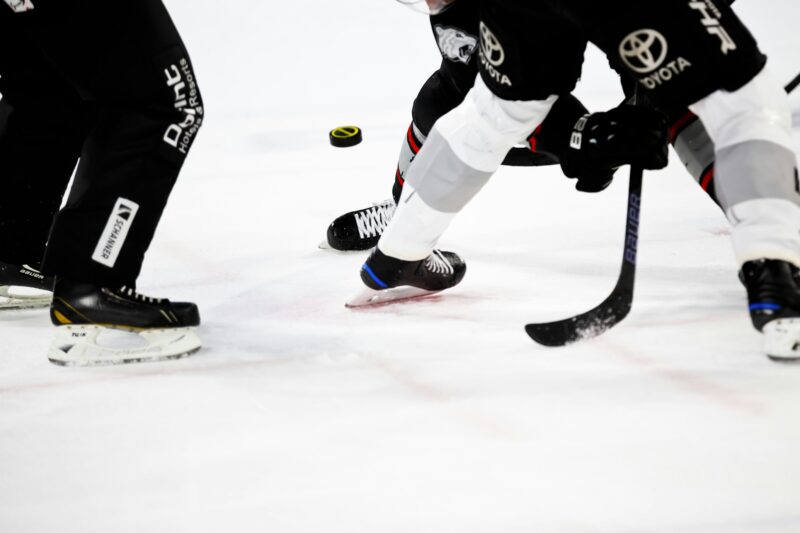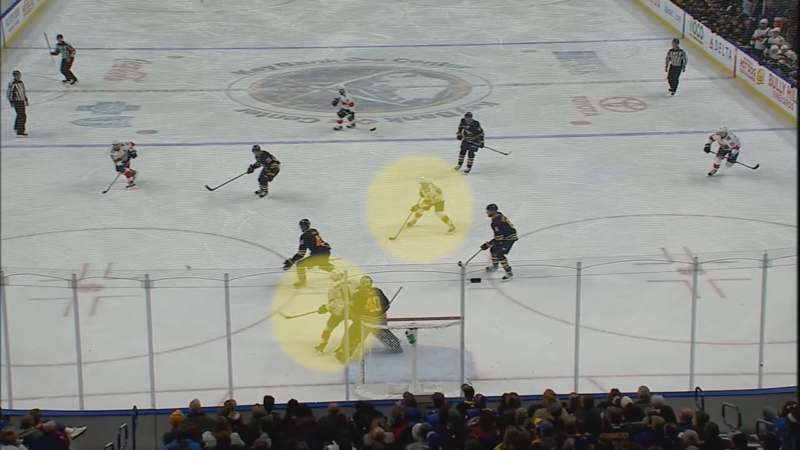
A powerplay happens when a team gets a numerical advantage because the other team has a player (or more) sitting in the penalty box for breaking the rules. It’s a golden opportunity to press the attack and score, given the extra space and fewer opponents on the ice.
But there’s more to it than just having an extra player. Teams have strategies, rules they follow, and examples of powerplays turning the tide of games. So, grab your favorite team’s jersey, and let’s get into the ins and outs of powerplays in hockey.
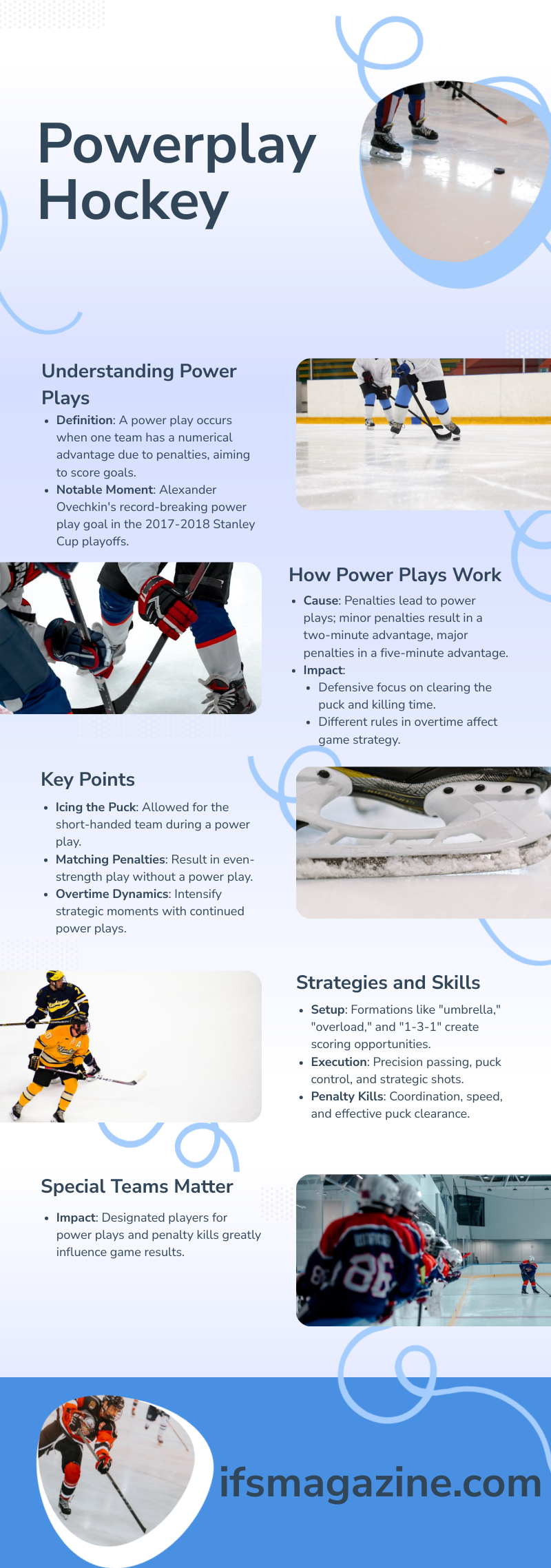
A Brief Explanation
A power play happens in ice hockey when one team gains a numerical advantage on the ice because the opposing team has one or more players serving time in the penalty box for breaking the rules.
The team with more players is said to be on a power play, aiming to take advantage of the situation and score goals.
How Do Power Plays Occur?
Power plays arise from penalties. Penalties are given for illegal acts, like tripping, high-sticking, or holding, which are not allowed in ice hockey. When a player commits such an act, they are sent to the penalty box, sometimes called the sin bin, for a certain amount of time, leaving their team short-handed.
- Minor Penalties: Lead to a two-minute power play for the opposing team.
- Major Penalties: Result in a five-minute power play for the opposition.
During a power play, the team with the advantage tries to score, while the short-handed team aims to defend and kill the time until they are back to full strength.
How Does It Affect the Game?
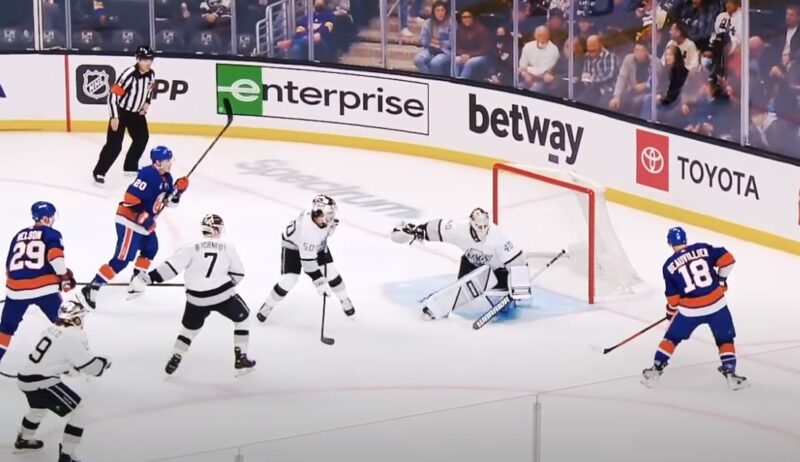
Scoring Opportunities
With more players on the ice, the team on a power play has better chances to pass, set up, and execute scoring opportunities. The extra space allows for better puck control and more strategic plays, particularly advantageous during critical moments such as puck drops, where quick possession can tilt the momentum in their favor.
Defensive Strategies
The team with fewer players focuses on defense. They aim to clear the puck out of their zone to kill time and limit scoring chances. Interestingly, the short-handed team can ice the puck without penalty, a rule that’s normally penalized by stopping play and returning the puck to their defensive end.
Overtime Rules
In overtime, the rules slightly vary. NHL regular season games might see 4-on-3 or 5-on-3 situations, depending on the penalties. If a power play doesn’t conclude by the end of a period, it carries over to the next, adding another layer of strategy to the game’s timing.
Key Points in Power Play Situations
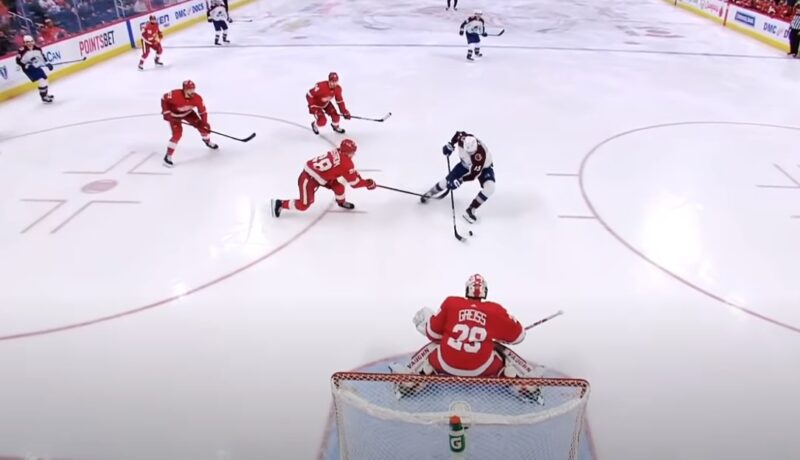
- Normally penalized, the team with fewer players can ice the puck during a power play to help kill time.
- If both teams commit penalties at the same time, known as matching penalties, play continues with each team down a player, but no power play is awarded.
- Power play dynamics change over overtime, creating intense and strategic moments in the game’s most crucial times.
Why Is a Power Play Important?
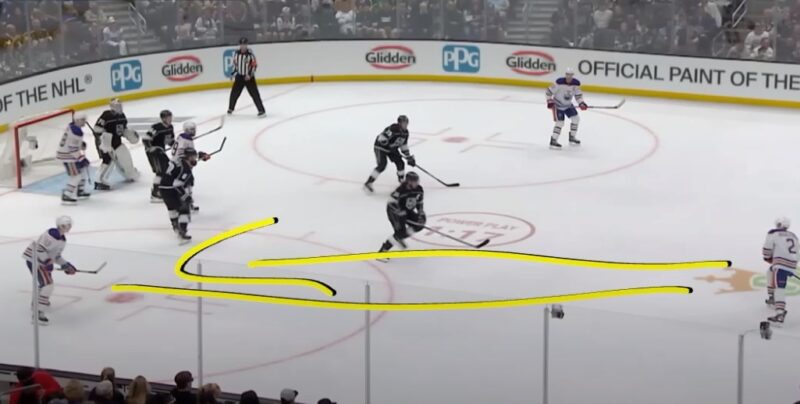
Power plays are critical moments that can change the outcome of a game. They test a team’s offensive strategies against the defensive resilience of their opponents. Successful power plays exploit the numerical advantage to score, while effective penalty killing can boost a team’s morale and momentum.
Strategies and Skills
Power plays highlight the importance of teamwork, passing, and skating skills. Teams practice specific formations and strategies to maximize their chances of scoring during these advantageous moments.
Which Strategies Are Used?
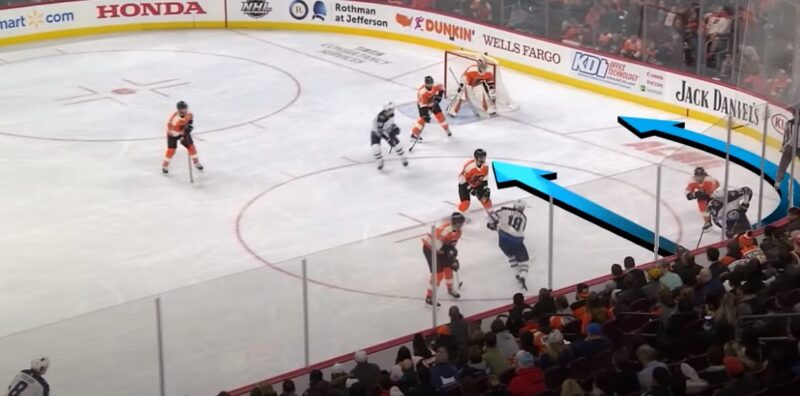
The Setup
Teams typically set up in formations that exploit the extra space and create scoring opportunities. Common formations include the “umbrella,” “overload,” and “1-3-1” setups.
Each formation has its purpose, aiming to spread the defense and open lanes for shots on goal.
- Umbrella: Focuses on three players high in the offensive zone, creating opportunities for long-range shots and passes.
- Overload: Concentrates players on one side of the ice to outnumber and break down the defense on that side.
- 1-3-1: Positions players to spread out the defense and create central shooting opportunities.
The Execution
Execution during a power play is about precision and timing. Players must excel in passing and receiving the puck, maintaining control, and finding the right moment to take a shot.
The goalie’s view is often obstructed during power plays, making well-placed shots even more effective.
Penalty Kills
While the focus is often on the attacking opportunities power plays present, the art of the penalty kill is equally crucial. Successful penalty kills require coordination, speed, and the ability to clear the puck effectively.
Teams that excel in penalty killing can maintain momentum and even create short-handed scoring opportunities.
Why Do Special Teams Matter?
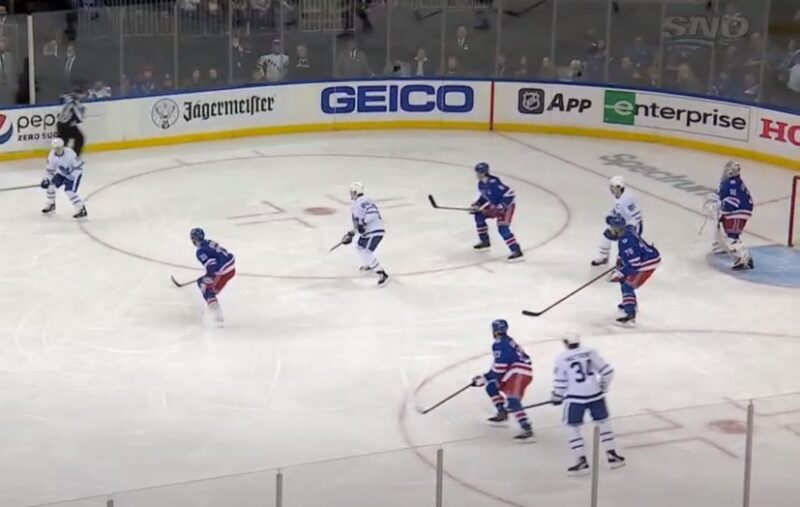
Teams often have special groups of players, known as special teams, designated for power plays and penalty kills. These players are skilled in specific aspects of the game, such as blocking shots, intercepting passes, or executing precise shots.
Their performance can significantly influence the game’s outcome.
Final Words
To truly sum it up, a powerplay in hockey is a golden opportunity for one team to capitalize on their numerical advantage over the other, due to penalties that send players off the ice. It’s a moment filled with anticipation, where strategy, skill, and teamwork come to the forefront, aiming to outmaneuver the shorthanded opponent.
Related Posts:
- What Are the NHL Overtime Rules for The Playoffs in 2023-24?
- How Long Is the Average Hockey Game? - Puck Drops,…
- The Thrill of the Ice: Navigating Sports Betting in…
- What Is Offsides In Hockey And How It Is Shaping The Game?
- Hockey Skates vs. Figure Skates - What is the Difference?
- Why Do They Let Hockey Players Fight? Is Fighting Allowed?



